Men in West Sussex are three times more likely to commit suicide than women, but women are twice as likely to self-harm. The figures made up part of the West Sussex Suicide Prevention Strategy, which was examined by a County Hall scrutiny committee to establish whether any additions or improvements could be made. The meeting was told that suicide rates in the county had fallen from 10 to 8.5 per 100,000 population between 2013 and 2018 – with each lost life affecting between six and 60 other people. When it came to self-harming, there were 1,743 emergency admissions to hospital in 2017/18, a rate of 222 per 100,000, with the highest number of calls from Adur and Worthing. The overall aim of the strategy is to reduce the number of people taking their own lives in West Sussex, and to look at the issues facing those most at risk. Amanda Jupp, cabinet member for adults and health, told the meeting it was vital that the document be viewed and improved regularly and must not be left to ‘gather dust on a shelf’. It was a point well made as some members of the committee said they hadn’t been aware that the suicide prevention strategy even existed. There were plenty of questions, as well as some heart-breaking stories, which highlighted the need for more work to be done. Anne Jones (Con, Burgess Hill East) raised concerns about a shortage of mental health services across the county, adding that some of the services that were available were ‘ineffective’. Dr James Walsh (Lib Dem, Littlehampton East) suggested the suicide figures were ‘grossly under-reported’ due to a ‘huge rise’ in the number of narrative verdicts recorded by coroners. Guessing the rate was probably double that recorded, he said: "I used to be a police forensic surgeon and I’ve seen a lot of suicides, some of which turned out not to be provable because there wasn’t evidence of intent or a note. "Of course, that spares a lot of distress for relatives but, in my view, it severely distorts the statistics. So I think the real problem is very much greater than is reflected in the figures we’re dealing with." A similar point was raised in the report regarding self-harm. With only the more serious cases reporting for hospital treatment, it was felt the figures was only the ‘tip of the iceberg’. Pat Arculus (Con, Pulborough) served as a Samaritan for 14 years. She said: "Most self-harm is hidden – and deliberately hidden – and is usually not found out until medical intervention is needed, because it’s a coping mechanism. "Either psychologically or physically, they’re creating a pain they can cope with because there’s something in their lives that they can’t cope with." As well as the human cost of suicide, the committee was told about the financial cost. Between 2013 and 2015, suicides cost West Sussex £367.4million. This included, police time, funerals and support for the bereaved. The committee gave a number of suggestions, including the need for more work to be done looking at why people chose to take their own lives – isolation, deprivation, mental health issues and debt were all mentioned – and the need for workplace training so that people could recognise the warning signs. (By Karen Dunn - Local Democracy Reporter)
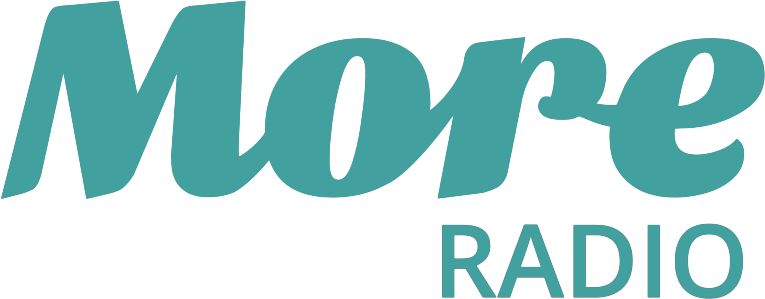

 Event Bookings Go Live For Worthing Festival ‘24
Event Bookings Go Live For Worthing Festival ‘24
 Man Charged After Throwing Brick Through Brighton Restaurant Window
Man Charged After Throwing Brick Through Brighton Restaurant Window
 Peacehaven Man Disqualified Over High-Speed A27 Pursuit Near Brighton
Peacehaven Man Disqualified Over High-Speed A27 Pursuit Near Brighton
 Appeal After PCSO Assaulted In Uckfield
Appeal After PCSO Assaulted In Uckfield
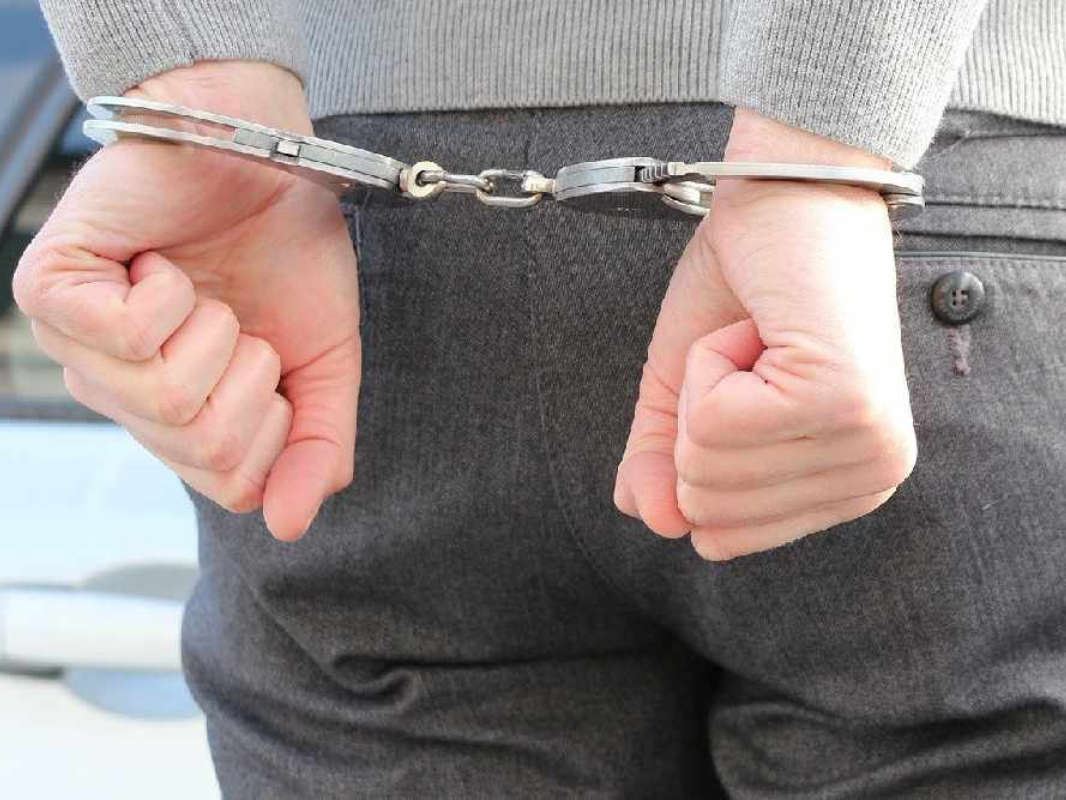 Man Charged With Rape Of Teenage Girl In Newhaven
Man Charged With Rape Of Teenage Girl In Newhaven
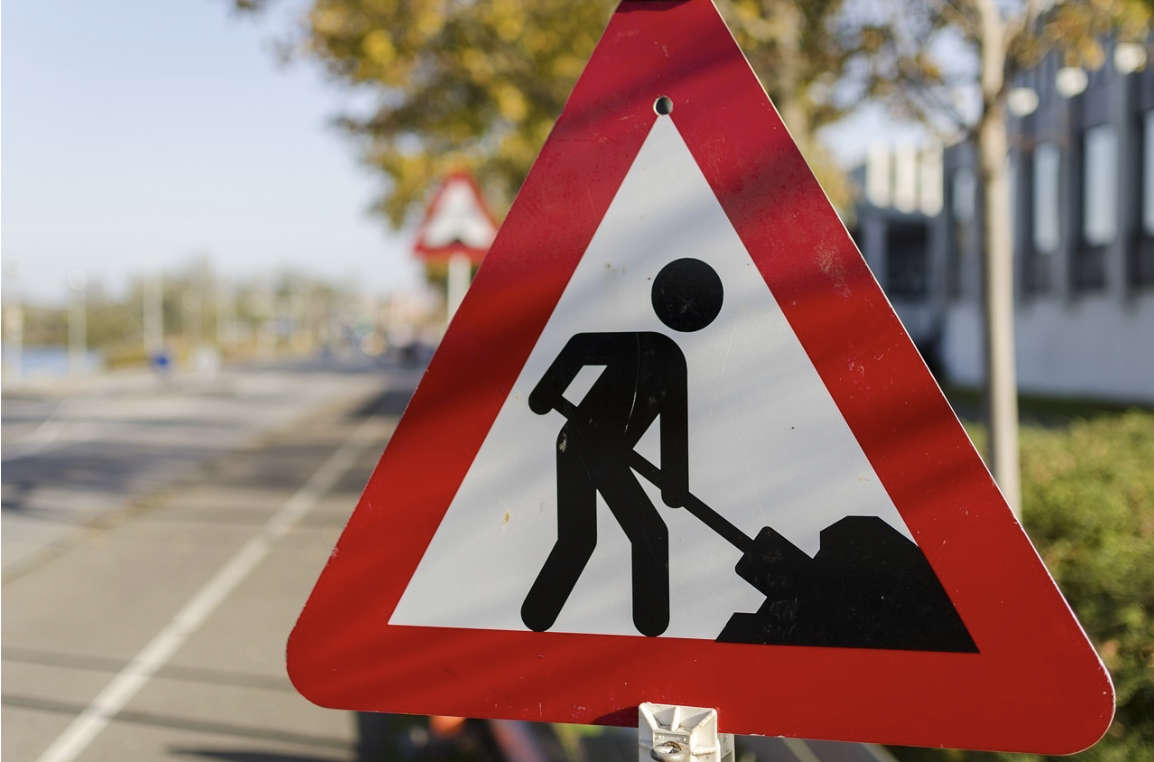 Overnight Closures For A22 Forest Row Road Improvements
Overnight Closures For A22 Forest Row Road Improvements
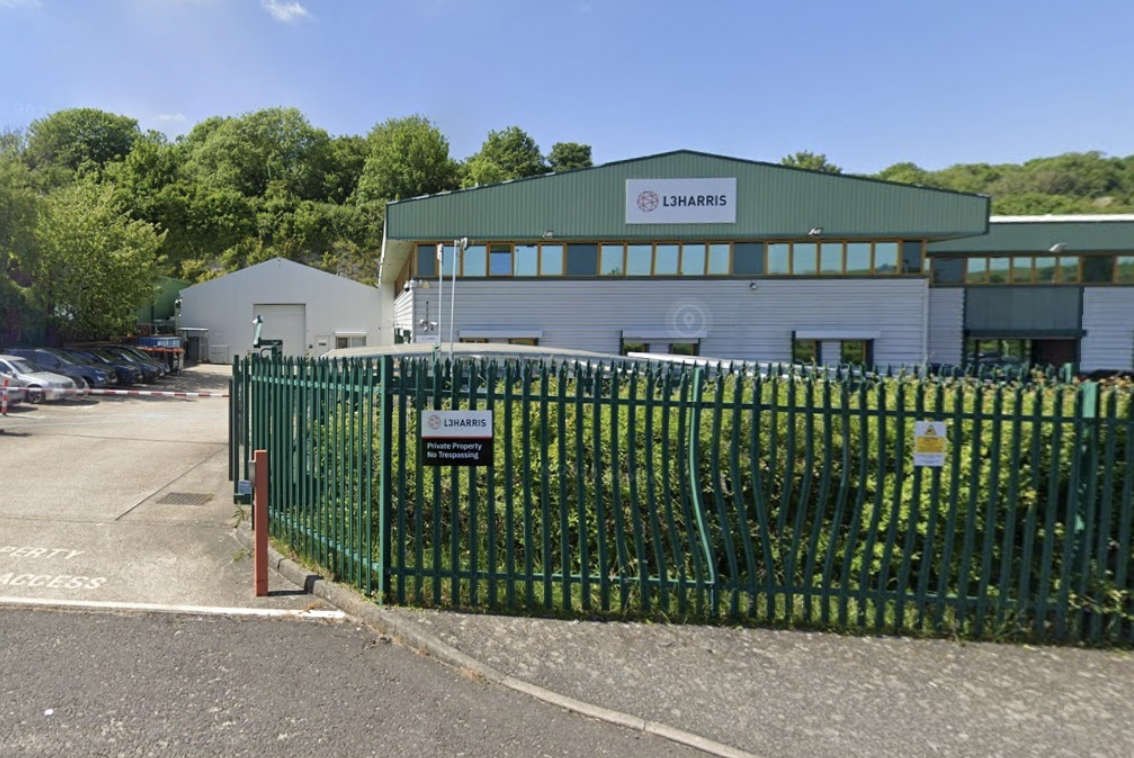 Brighton Defence Manufacturer's Controversial Planning Application Likely To Be Heard
Brighton Defence Manufacturer's Controversial Planning Application Likely To Be Heard
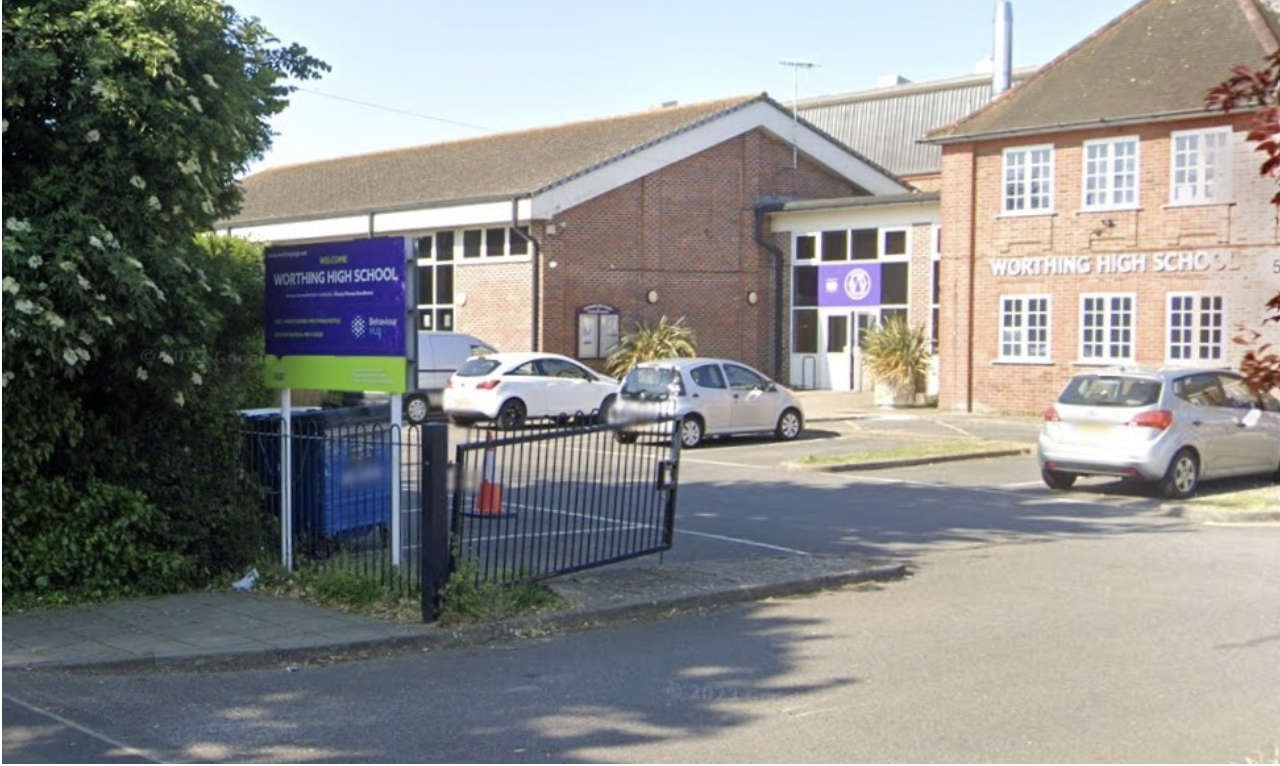 Over £2.4m Approved For Worthing School Support Centre
Over £2.4m Approved For Worthing School Support Centre
 Section Of M25 To Close Again Tonight - As Drivers Warned Not To Get Complacent
Section Of M25 To Close Again Tonight - As Drivers Warned Not To Get Complacent
 Plans For 800 New Horsham Homes Refused
Plans For 800 New Horsham Homes Refused